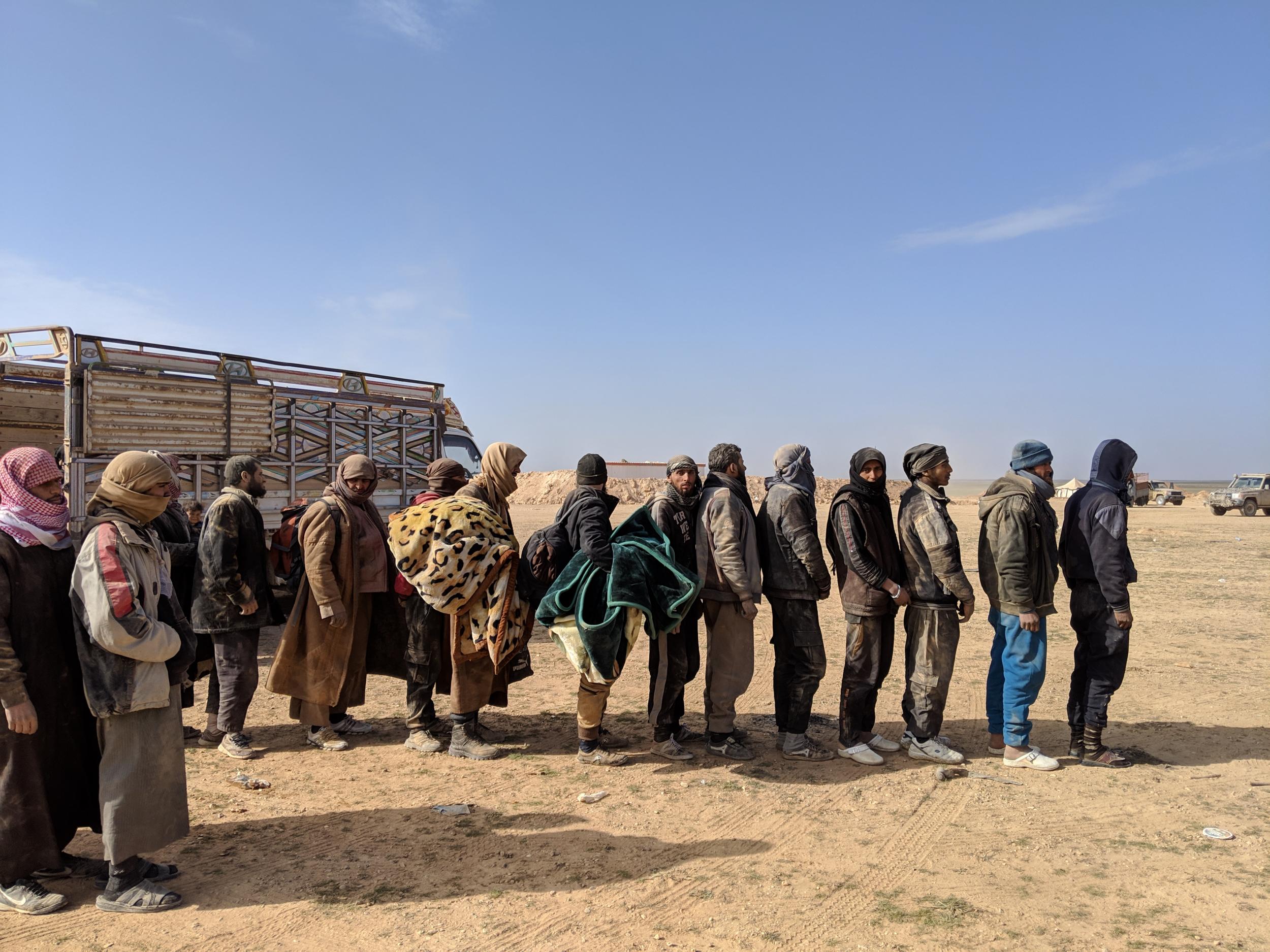It was expected and predicted, ISIS has been resurrected in Asia after being effectively defeated in Iraq and Syria. This terrorist organization has assumed responsibility for the devastating attacks perpetrated in various parts of Sri Lanka that took the lives of more than 350 people over the course of a day.
The armed jihadist group suffered resounding defeats in Mosul, Raqqa and Deir Ezzor that put an end to its bloody expansionist ambitions across the Middle East and reducing it to a small force operating in Syria’s and Iraq’s deserts and mountains. But that certainly did not mean its extinction.
The terrorist brand of the Islamic State has emerged in another part of the planet, particularly Afghanistan, Sahelian Africa and Southeast Asia. Its leaders and supporters have focused on indoctrinating and training radical Muslim groups that hate Westerners and condemn Christians to death. The Islamic “Caliphate” created by Abu Bakr Baghdadi in territories of Syria and Iraq no longer exists, but its ideological influence remains strong and alive – especially since it has made Sri Lanka a centre of its activities.
The first indication that ISIS was behind the massacre was a communiqué from the Government of Sri Lanka. The authorities pointed almost immediately to the local Islamist group National Thowheed Jamath (NTJ) and Jammiyathul Millathu Ibrahim and said that both would have enjoyed the support of elements stationed abroad. “There was an international network without which these attacks could not have succeeded,” admitted Health Minister and government spokesperson Rajitha Senaratne.
However, Prime Minister Ranil Wickremesinghe was more circumspect at a subsequent press conference. “There seems to have been foreign involvement,” he added. “Some may have travelled abroad and come back… So far, it is only Sri Lankan citizens that have been taken in for questioning,” he explained laconically. Wickremesinghe continued: “The security apparatus is of the view that there are foreign links and there is evidence that points to that”
The authorities also expressed the idea that the attack could be an act of revenge for the massacre of 50 Muslims occurred in two mosques in New Zealand at the hands of a white supremacist.The way in which the National Thowheed Jamath was identified was quite convoluted. The prime minister of Sri Lanka said that some officials had received previous warnings of those murderous plans, notices that were not shared with the members of the Government. He also said that only the president obtained such reports, although it is not clear whether he personally did so on this occasion.
The words of Wickremesinghe are very relevant because they come from a prime minister who disagreed with President Maithripala Sirisena for much of last year. Many analysts have already reached the correct conclusion that this political distancing has had tragic consequences. It has undermined the credibility of the messages that are spreading about everything that has happened.
Failures of the intelligence agencies
The attack is a colossal failure of local intelligence agencies because everything points to all terrorists were locals from Sri Lanka. There has also been informed that they received warnings from the Indian secret services about a possible terrorist threat against churches, but that they were not taken too seriously. The intelligence services of this paradisiacal Asian island had built a good reputation because during the bloody civil war – which lasted between 1983 and 2009 and left tens of thousands dead – they had managed to disrupt several suicide attacks organized by the Tamil separatist rebels and they had even infiltrated their main formation, the Tigers for the Liberation of the Tamil Homeland (LTTE, for its acronym in English).
The attackers were at least eight people and carried explosives in their backpacks. His objectives were clear and fixed in advance. They included three luxury hotels (Shangri-La, Cinnamon Grand and Kingsbury) in Colombo, and three Catholic churches: San Antonio, in the capital; the one of San Sebastián, in Katana, to the west; and Zion, in Batticaloa, in the east. In other words, they sought the largest number of foreigners and Christians among the deadly victims. In total, eight explosions perfectly coordinated, six of these occurred at breakfast time in hotel establishments and during the celebration of the solemn Mass on Easter Sunday, a celebration of the most important for all Christians.
In recent years, the National Thowheed Jamath had limited itself to damaging Buddhist statues; their leader was arrested in 2018 for offending religious feelings. Then he apologized for it. Now it has been known that a split of the organization emerged a few years ago under the leadership of Zahran Hashim, a radical imam native to eastern Sri Lanka. Hashim is the only terrorist identified thanks to a photo submitted by ISIS. In it the leader is seen dressed in black robes. Everyone, except Hashim, has their faces covered, and they pose behind the sadly famous black flag of ISIS.
The photo of Hashim and his henchmen was part of the propaganda paraphernalia of ISIS that wanted to fulminate all the doubts on their role with these attacks. The statement of claim stressed that the targets of the attacks were “churches and hotels in which citizens of the Crusader coalition were present.” According to the latest available census, Buddhism is the majority religion in Sri Lanka: seven out of ten inhabitants of the island practice it (69%), compared to 12% Hindu, 9.7% Muslim, and 7.4% Christian. This had never mattered before the terrorist attack and hopefully continues not to matter.



